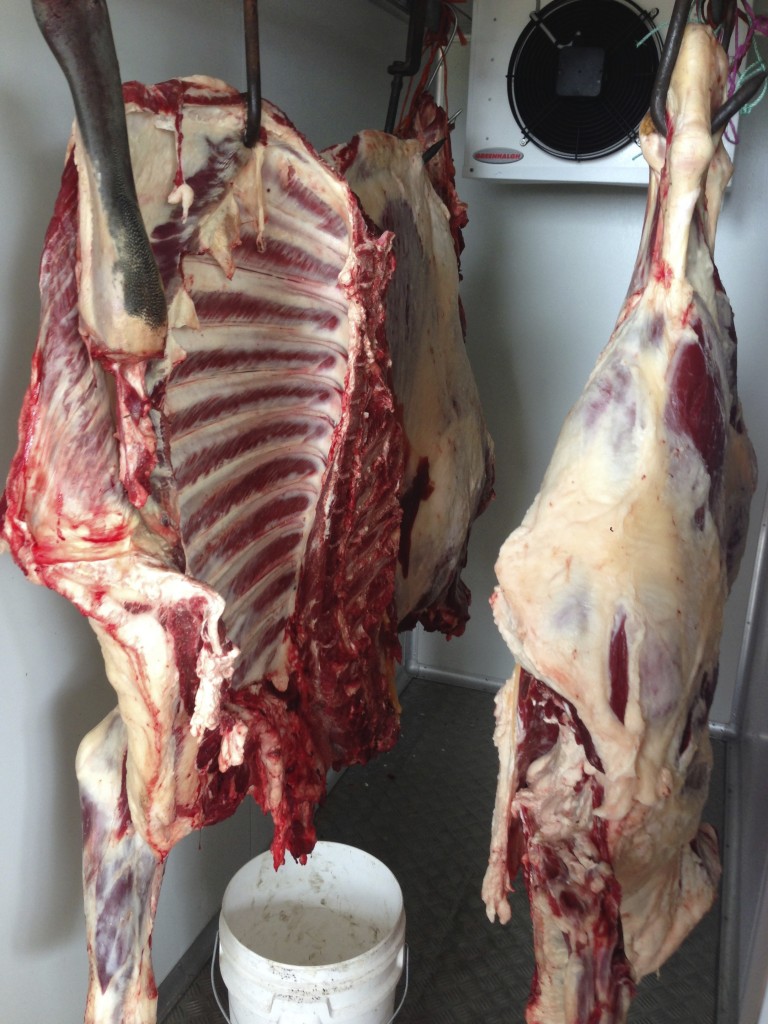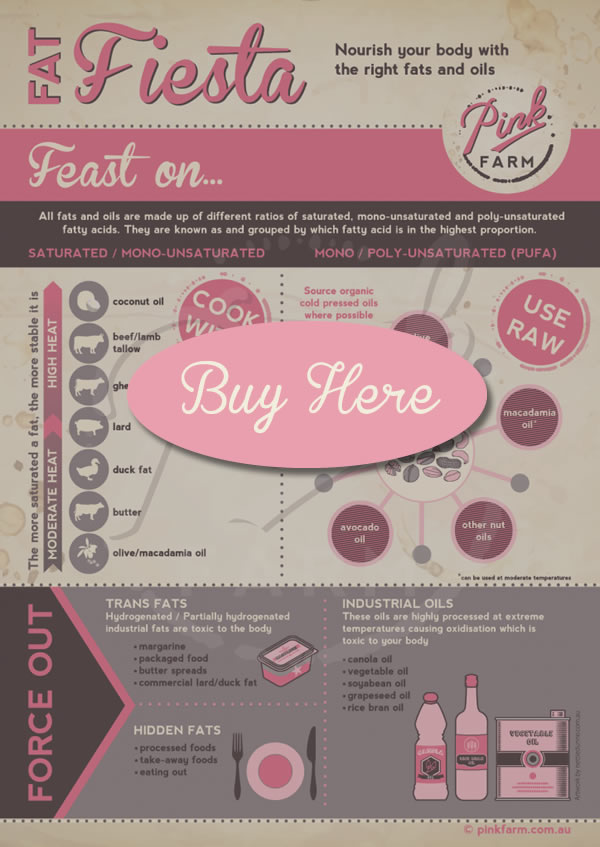Organ Meats
Offal. Eating nose to tail. The whole animal. The tradition of eating organ meats has fallen out of favour in our modern culture and many people would probably admit they have never eaten, and may not ever want to eat these parts of an animal.

‘Off all’…literally means all the pieces (lungs, kidney, heart, lungs, liver etc) that fall from a carcass when it is butchered. In past times these parts were prized and showed respect for the animal as it was eaten in its entirety.Not only are organ meats a concentrated source of many nutrients, traditional cultures also believed that eating the organs of a healthy animal would support the organs of the consumer; that they would support the natural functioning in their own bodies. For example, eating heart for heart health.
Traditional cultures prized organ meats and they were often eaten first, leaving the muscle meats as scraps. Nowadays the opposite seems to occur with the porterhouse or juicy eye fillet being the most expensive cuts and offal thrown out as scraps or given away by the butcher. Many chefs have long valued the intricate and unique flavours of organ meats and people are beginning to see the nutritional and sustainable benefits of eating the entire animal, including the organs.
So how did the T-bone, porterhouse and juicy eye fillet make it to our plates? When did we start replacing organ meats with muscle meats? Why did we stop using the entire animal? When did offal become more like ‘awful’? Unfortunately our connection with traditional foods has been lost. We no longer hunt and catch our animals and are never faced with a situation of going without food. However, just two generations ago organ meats (from farmed animals) were appearing on the dinner plate and our grandparents would not have been reading books to be convinced of their health benefits.
Today we have moved far away from these connections with our food, but for some circles, nose to tail eating is starting to make a comeback. Foi gras often a feature on trendy and fancy restaurant menus, and the foodies amongst us are calling our grandparents to help revive the traditions of the past. For many of us, we have cottoned on to the health benefits of eating organ meats, something our grandparents always knew and what some of us are just starting to unearth.
Organ meats are a powerhouse of nutrients loaded with vitamins, minerals, antioxidants and amino acids vital for good health and hard to find in the same concentrations in any other food. Liver is nature’s most concentrated source of fat-soluble Vitamin A. Predatory animals often eat this first and it has been highly prized in traditional cultures throughout history.
Saying liver is loaded with Vitamin A is an understatement. Compared to other foods known to be high in this crucial vitamin, liver takes the cake. See diagram from Deep Nutrition below.
|
Vitamin A |
Apple |
Liver |
Broccoli |
|
Amount/100g |
7* |
10,602 |
261* |
*Retinol equivalents. Only animal products contain true Vitamin A; fruits and vegetables contain carotenoids and retinoid, which must be converted in the digestive tract.
Weston A Price, a well-respected dentist from the early 1900’s revealed in his seminal research that many traditional cultures included organ meats in their diets. These foods contain up to ten times the amount of fat-soluble Vitamin A, D and activator X than a Westernised diet.

Dr. Joseph Mercol notes that, “Vitamin A is essential for many biochemical processes in the body. It is essential for the absorption of minerals, hormone production, healthy digestion, optimal vision, healthy bones and blood and optimal thyroid health and it is vital for the prevention of infection and birth defects. Without it, your body cannot utilize protein, minerals and water-soluble vitamins. Vitamin A is also an antioxidant that helps protect you from pollutants, free radicals, and cancer.” Liver is also high in choline, folate and Vitamin B12. It is certainly a powerhouse of nutrition and it makes sense that we are beginning to bring it back to the dinner table.
Many people question, however, whether liver is in fact safe to eat as it is a ‘filtering organ’ so therefore must contain toxins. Yes, liver’s function is to clear out toxins from the body, but this doesn’t’ mean they are stored there. Chris Kresser explains:
“A popular objection to eating liver is the belief that the liver is a storage organ for toxins in the body. While it is true that one of the liver’s role is to neutralize toxins (such as drugs, chemical agents and poisons), it does not store these toxins. Toxins the body cannot eliminate are likely to accumulate in the body’s fatty tissues and nervous systems. On the other hand, the liver is a is a storage organ for many important nutrients (vitamins A, D, E, K, B12 and folic acid, and minerals such as copper and iron). These nutrients provide the body with some of the tools it needs to get rid of toxins.” Liver being the powerhouse of nutrients is a great organ meat to start introducing into your diet. Our child tested and adored chicken liver pate is a great place to start. Find the recipe here. Other ideas for organ meat preparation with heart, kidney, sweet breads etc can be found at Mark’s Daily Apple.
Liver being the powerhouse of nutrients is a great organ meat to start introducing into your diet. Our child tested and adored chicken liver pate is a great place to start. Find the recipe here. Other ideas for organ meat preparation with heart, kidney, sweet breads etc can be found at Mark’s Daily Apple.









 "Pinkfarm” has been created by 2 friends on a real food journey; learning, sharing, creating, inspiring and challenging politically correct nutrition. A country girl living on a farm on the beautiful Atherton Tablelands with a bustling house of 5 children and a city girl living in a metro Sydney townhouse with 1 beautiful son.
"Pinkfarm” has been created by 2 friends on a real food journey; learning, sharing, creating, inspiring and challenging politically correct nutrition. A country girl living on a farm on the beautiful Atherton Tablelands with a bustling house of 5 children and a city girl living in a metro Sydney townhouse with 1 beautiful son.







